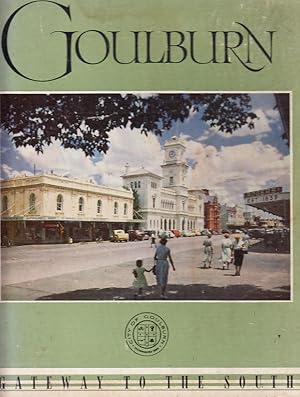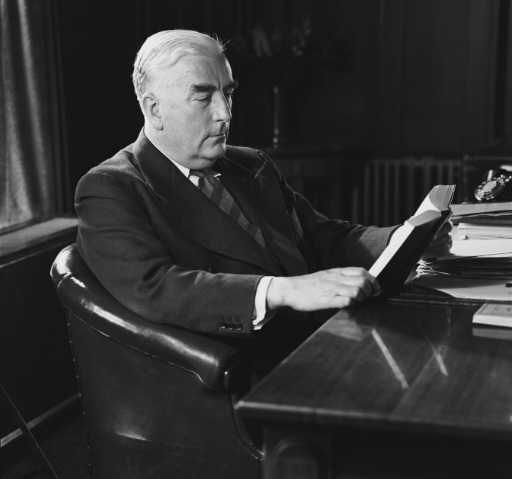Oswold Zeigler, This is the Story of the City of Goulburn : A Great Inland City in the State of New South Wales Australia, 1859-1959 (1960)
Goulburn is a city etched into the folklore of the Menzies era. It was in this sleepy and historic wool-town, strategically located near the national capital, that the issue of State Aid burst onto the national scene on 16 July 1962. When it was announced that the local Catholic schools were going on ‘strike’ to protest the injustice of being told that they needed to upgrade their toilet block, lest the Lady of Mercy Preparatory School lose its certificate of efficiency from the NSW government and with it its legal right to operate.
The real message of the strike was that unless the government provided at least some assistance to help keep the Catholic School system afloat, it would instead have to pay for the entirety of Catholic school children’s education via the public system. Hence the families of the ‘striking’ schools enrolling in the public system to prove just how inadequately equipped it was to cope with them.
This was a political message potently designed to appeal to Prime Minister Robert Menzies, who had expressed his support for the principle of State Aid in a 1943 radio broadcast that formed part of his landmark ‘Forgotten People’ series. In it he touched on exactly the same financial message that the strikers were keen to invoke:
‘It is to the eternal credit of these thousands of people that they have been prepared, for the sake of [their] deeply held conviction, to pay twice – once as taxpayers for the maintenance of the State schools, and the second time as parents for the maintenance of their children at Church schools.’
But what is often forgotten about the Goulburn strike is that the Church’s decision to focus the strike specifically in that area was based not only on the emotive plight of Lady of Mercy, but also on the fact that the archdiocese of Canberra-Goulburn crossed over into the ACT. Where the Menzies Government had already been providing State Aid in the form of an offer to pay the interest on loans taken out for the construction of new school buildings. A scheme under which the Australian taxpayer had provided some £60,000 between 1957 and the onset of the strike.
What’s more is that Menzies had developed a rather warm personal relationship with the Archbishop presiding over the archdiocese, Eris O’Brien, who in his downtime happened to be a practicing historian and author. Even giving lectures on Australian history part-time at the University of Sydney, before taking up his episcopal position.
When O’Brien retired in 1967, Menzies paid him a heartfelt tribute, declaring:
‘Archbishop O’Brien can retire with a decent Christian pride in the work he has done for his Church and for the nation.
As Prime Minister I had many discussions will him, particularly about the formidable school problem which confronted his church in Canberra. He was at all times the source of courteous frankness and as an advocate was to persuasive that, before receiving him in my office I would take a few deep breathes and summon up my spirit to the contest! He has left a great mark on the nation’s capital.
Personally, his valuable historical scholarship, allied to an instinct for friendship and great natural charm, made him a quietly popular figure. I hope he will enjoy his retirement – from office not from work – as I am enjoying mine’
You might also like...
Sign up to our newsletter
Sign up for our monthly newsletter to hear the latest news and receive information about upcoming events.


